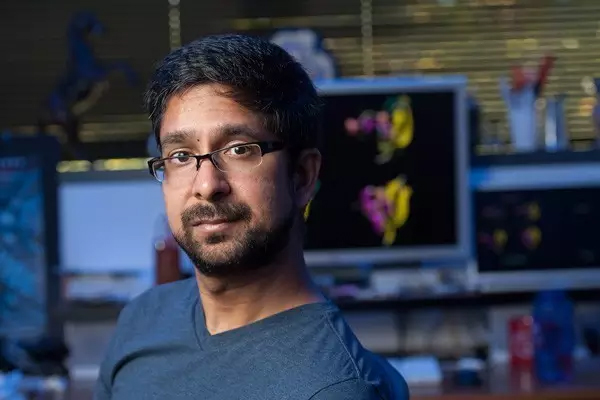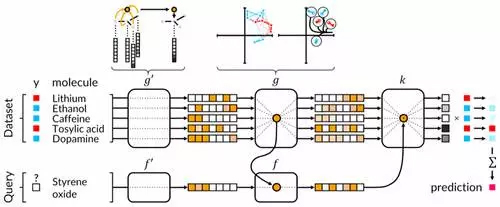Nowadays, artificial intelligence algorithms can perform very detailed data analysis through deep learning. From face recognition to medical impact analysis, the performance of artificial intelligence algorithms has caught up to even surpass human performance. However, the algorithms for doing these tasks are usually based on the analysis of thousands of data. Therefore, in the case of limited data, the application of artificial intelligence has been limited, one of which is the field of new drug research and development. Recently, a team from Stanford University in the United States tried to change this. They thought of using the latest branch of deep learning, one shot learning. A learning session requires much less data to solve the problem. The team has successfully developed a learning algorithm that requires only a few hundred data points. However, there may be fewer data points available for new drug development, but researchers are still trying to make a try. This achievement was published in the journal ACS Central Science. â–² article communication author Professor Vijay Pande (Source: Stanford University official website) In order for the algorithm to better analyze the drug, the researchers first converted the molecular structure of the drug into an atom-based geometry, which transformed the intrinsic properties of the drug molecule into information that the algorithm could analyze. Subsequently, the researchers asked their algorithm to learn two sets of data, one for toxicity data for different compounds and the other for side-effect data for approved drugs. The potential of a learning algorithm in the next test surprised the researchers. In the first experiment, the algorithm studied the toxicity of six compounds and predicted the toxicity of the other three compounds. In the second experiment, the algorithm learned the side effects of 21 drugs and predicted the other 6 drugs. side effect. In both experiments, the accuracy of the algorithm predictions was better than the random guess. Researchers acknowledge that the technology is far from mature. The current algorithm relies on a special one-time learning technique that relies primarily on the molecular and structural similarities of individual compounds for prediction. When this algorithm predicts the side effects after learning the toxicity data of the drug, the accuracy rate is greatly reduced. â–² “One-time learning†for drug screening (Source: ACS Central Science) Semi-Auto Chemistry Analyzer,Semi-Auto Biochemistry Analyzer,Biochemistry Analyzer,Semi-Automatic Clinical Chemistry Guangdong Widinlsa International Co.Ltd , https://www.gdwidinlsa.com
